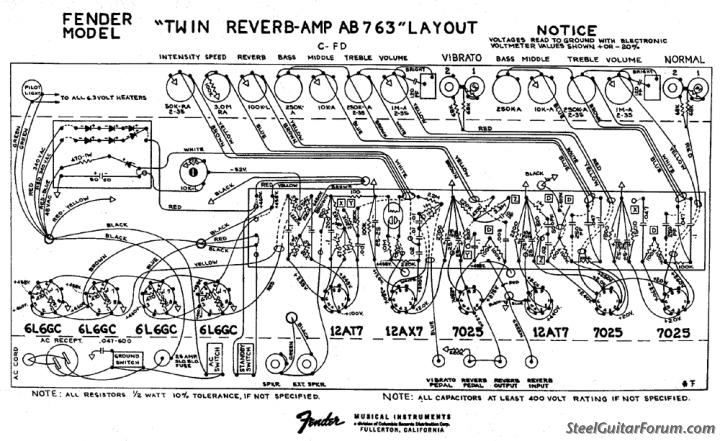In your case, I would eliminate the choke just because of its size and cost even if there was an audible improvement in having it. I also expect the audible difference to be very small, although I have not myself tried the JMI-era circuit without the choke. IMO, the downsides far outweigh the potential benefit.
And also, I would keep the tube rectifier. Korg didn't switch to SS rectifiers for tone but to cut costs and improve reliability. I like sag, so I always build with tube rectifiers.
But you are working within tighter constraints than I would be (budget, space, and filament current), so keeping the tube rectifier may not be an option for you.
What you might do is start with diode rectifier and resistor in place of the choke and just leave space for the circuitry to switch over to a tube rectifier and choke if the outcome is not to his liking. It's not like you'll be out a lot of money for trying the diode and resistor option first.
And also, I would keep the tube rectifier. Korg didn't switch to SS rectifiers for tone but to cut costs and improve reliability. I like sag, so I always build with tube rectifiers.
But you are working within tighter constraints than I would be (budget, space, and filament current), so keeping the tube rectifier may not be an option for you.
What you might do is start with diode rectifier and resistor in place of the choke and just leave space for the circuitry to switch over to a tube rectifier and choke if the outcome is not to his liking. It's not like you'll be out a lot of money for trying the diode and resistor option first.

Comment